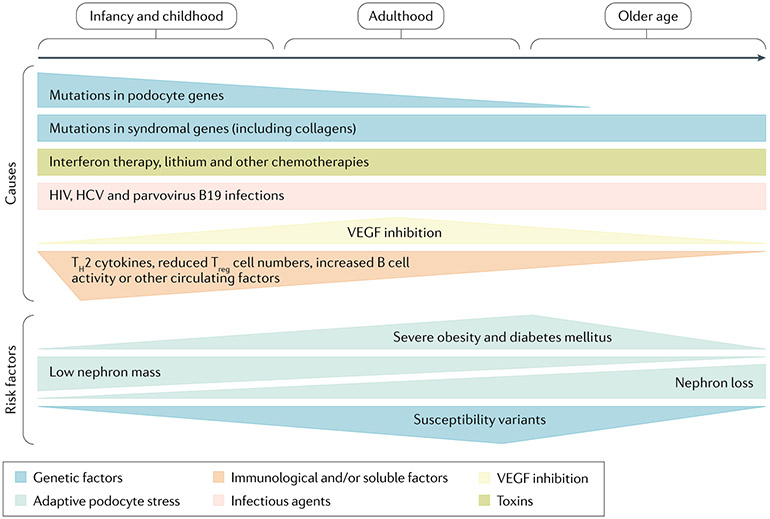Fig. 6 ∣. Causes and risk factors underlying podocytopathies across the lifespan.
Patient age and sex are associated with an increased probability of different types of podocytopathies related to different causes or risk factors that can frequently even combine in the same patient. For example, genetic causes are more frequent in children and young adults, whereas immunological causes are more frequent in male children. On the other hand, podocytopathies related to inhibition of vascular endothelial growth factor (VEGF) are observed during pre-eclampsia and are, therefore, more prevalent in pregnant women. Major risk factors for the development of a podocytopathy, such as increased single-nephron glomerular filtration rate for obesity or diabetes, are more frequently observed in adult middle-age patients, whereas a low nephron mass endowment can cause a podocytopathy during adolescence or early adulthood. Finally, a susceptibility gene, such as APOL1, is prevalent in Black adult patients. HCV, hepatitis C virus; TH, T helper; Treg cell, regulatory T cell.

